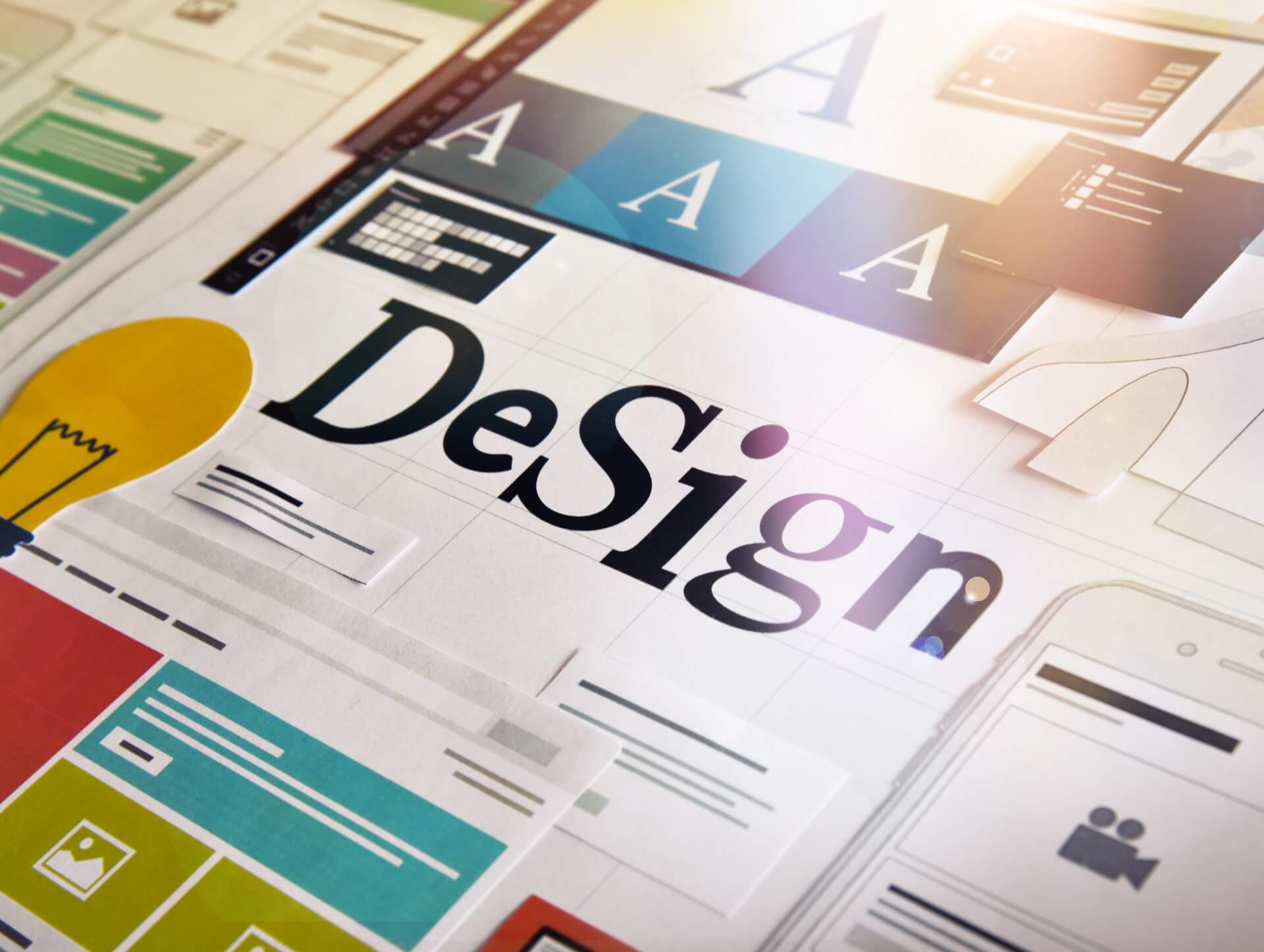The role of trust in successful design collaboration

06/09/2023
Graphic design plays a crucial role in creating a brand identity. Whether it's custom designs, monthly design services, or ongoing creative support, businesses rely on visual solutions to communicate their message effectively. However, in order to achieve successful design outcomes, it is important to establish a strong foundation of trust and collaboration with your design partner.
The Importance of Trust in Design Collaboration
Design collaboration is not just about exchanging ideas and feedback. It is about building a relationship based on trust, where both parties feel comfortable sharing their thoughts and opinions. Trust in design collaboration is essential for the following reasons:
1. Brand Consistency
Trust is the key to maintaining brand consistency. When businesses work with a dedicated designer or a design agency, they need to be confident that their visual identity will be consistently reflected across different platforms and materials. Trust allows businesses to rely on their design partners to create tailored designs that align with their brand guidelines.
2. Design Consultation
Trust enables effective design consultation. When businesses collaborate with designers, they often seek expert advice and guidance on how to improve their visual identity. Trusting your design partner's expertise allows for open and honest conversations, leading to better design decisions and outcomes.
3. Ongoing Creative Support
Trust is crucial for ongoing creative support. Businesses need a design partner who understands their brand and can provide continuous support for their design needs. This includes maintaining and updating existing designs, as well as creating new ones. Trust allows businesses to rely on their design partners for consistent and high-quality creative support.
4. Unlimited Revisions
Trust is necessary for unlimited revisions. Design collaboration often involves multiple iterations and revisions. Trusting your design partner's expertise and judgment allows for a smoother revision process, as businesses can rely on their designers to make the necessary changes without compromising the quality of the design.
Building Trust in Design Collaboration
Trust is not something that can be built overnight. It requires effort and time to establish a strong foundation of trust in design collaboration. Here are some strategies to build trust with your design partner:
1. Clear Communication
Effective communication is the key to building trust in design collaboration. Clearly communicate your expectations, goals, and vision to your design partner. Be open to feedback and suggestions, and provide constructive criticism when needed. Regularly communicate and keep each other updated on the progress of the project.
2. Transparent Feedback
Be transparent with your feedback. Clearly communicate what you like and dislike about the design concepts presented to you. This will help your design partner understand your preferences and make the necessary adjustments. At the same time, be open to your design partner's feedback and suggestions. Remember, design collaboration is a two-way street.
3. Respect for Expertise
Respect your design partner's expertise and creative process. Trust that they have the knowledge and skills to create effective designs. Avoid micromanaging and give them the creative freedom to explore different ideas and concepts. This will not only build trust but also lead to more innovative and impactful designs.
4. Consistent Feedback
Provide consistent feedback throughout the design process. Regularly review and provide feedback on the design concepts and iterations. This will help your design partner understand your preferences and make the necessary adjustments. Consistent feedback shows your commitment to the project and builds trust with your design partner.
The Benefits of Trust in Design Collaboration
Building trust in design collaboration offers several benefits:
1. Tailored Design Solutions
Trust enables your design partner to create tailored design solutions that align with your brand identity. When your design partner understands your brand and has your trust, they can develop designs that effectively communicate your message and resonate with your target audience.
2. Design Retainers
Trust allows businesses to enter into design retainers, which offer ongoing design support. Design retainers provide businesses with a dedicated designer who understands their brand and can provide consistent and high-quality design services. This ongoing partnership ensures brand consistency and saves businesses time and effort in finding new designers for every project.
3. Design Expertise Partnership
Trust in design collaboration leads to a partnership based on design expertise. When businesses trust their design partners, they can rely on them for expert advice and guidance. This partnership allows businesses to leverage their design partner's expertise to create impactful and effective designs that drive results.
4. Creative Consultation Services
Trust enables effective creative consultation services. When businesses trust their design partners, they can seek their input and guidance on various design-related matters. This includes not only the creation of designs but also strategic decisions on how to enhance the visual identity of the brand.
Conclusion
Trust plays a crucial role in successful design collaboration. It enables brand consistency, effective design consultation, ongoing creative support, and unlimited revisions. Building trust requires clear communication, transparent feedback, respect for expertise, and consistent feedback. Trust in design collaboration leads to tailored design solutions, design retainers, design expertise partnerships, and effective creative consultation services. By establishing trust with your design partner, you can achieve design outcomes that effectively communicate your brand's message and resonate with your target audience.
Contact us

Spanning 8 cities worldwide and with partners in 100 more, we’re your local yet global agency.
Fancy a coffee, virtual or physical? It’s on us – let’s connect!

